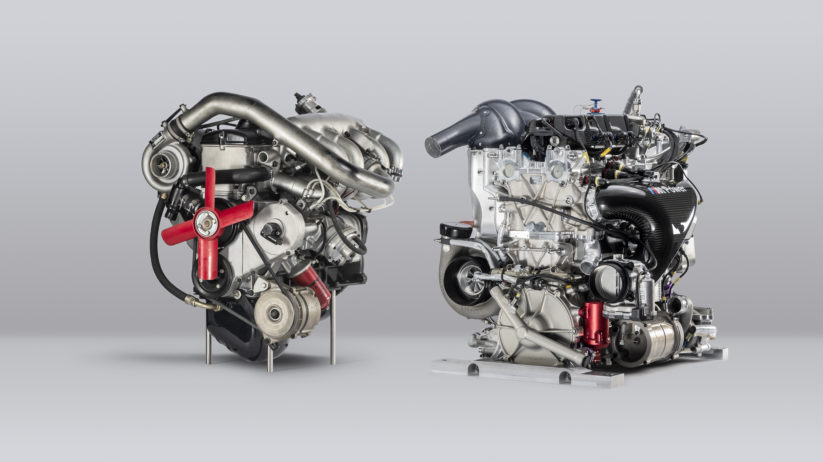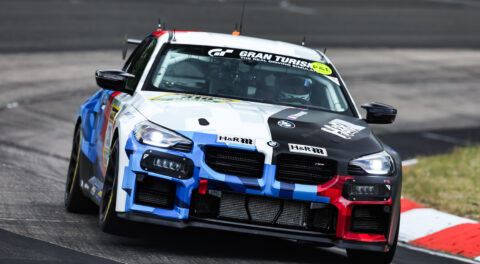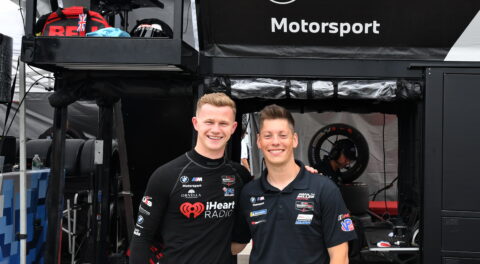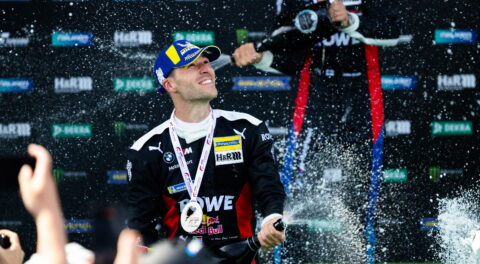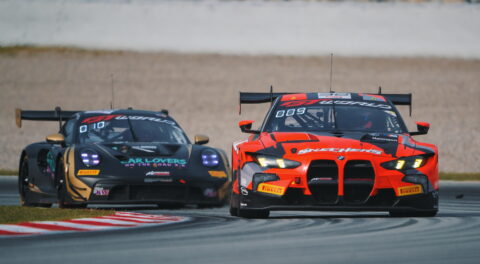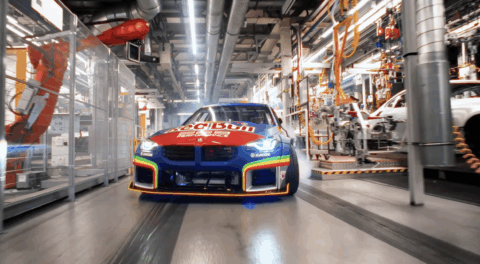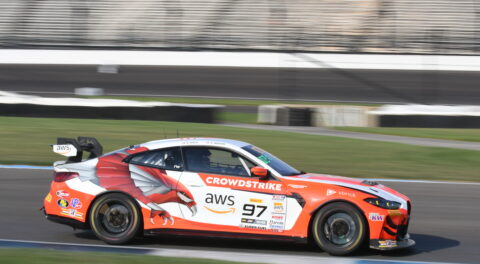Today, the entire BMW passenger car lineup relies on force-fed combustion for motivation. As many of us remember, however, it was only a short time ago that the BMW model portfolio used some of the best naturally aspirated engines ever made.
Here at BimmerLife, we’ve delved into these topics in great detail, examining some of the most important turbocharged and naturally aspirated models and engines made by BMW. More recently, we looked at the evolution of one of the marques more compelling engine architectures, the BMW V12. Not long ago though, BMW put out a press release comparing their very first turbocharged four-cylinder, used to power racing versions of the BMW 2002ti and internally referred to as the M121, with the newest edition of the same forced induction four-cylinder architecture, the P48, which will see use in the M4 DTM beginning this May.
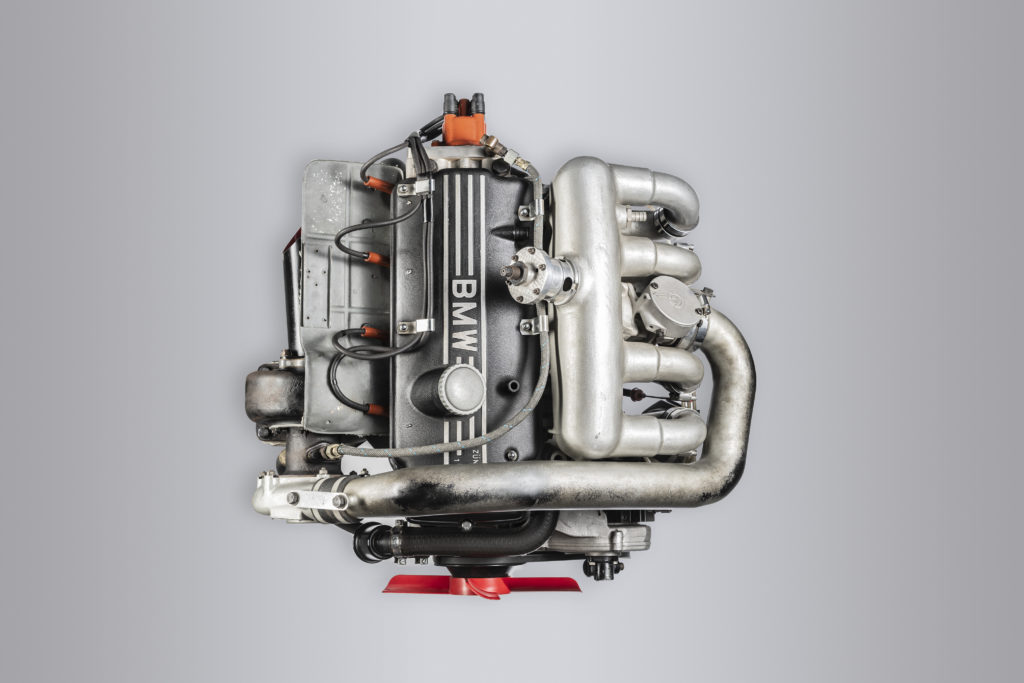
Although inline sixes, V8s, and V12s effortlessly capture our imaginations, it is the four cylinder engine that has by-and-large been the motive force behind the vast majority of all things automotive for the past century. Up there with the likes of competitors originating from manufacturers such as Alfa Romeo, Cosworth and numerous others, what is perhaps the most important BMW four-cylinder arrived in the early 1960’s within the engine bay of the New Class sedan.
It wouldn’t be long before this engine lineup, which now falls under the M10 moniker, was expanded in terms of displacement and advanced with new forms of technology. Mechanical fuel injection allowed two-liter versions of the venerable four-cylinder to enter a new realm in terms of output and performance capability, while a short time later, Bosch injection systems helped to keep the SOHC mill current almost 30 years after it had been introduced.
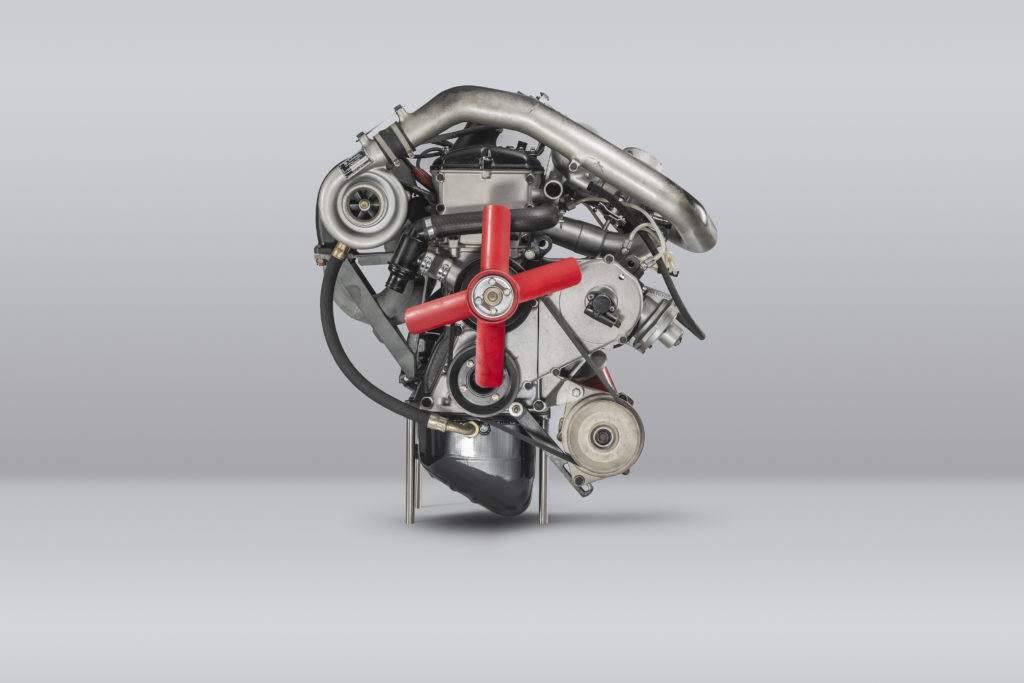
Although most consider the M31 to be the first production turbocharged BMW engine, likely thanks to its use in the short-lived yet very special 2002 Turbo, the M121, which powered the European Touring Car Championship winning 2002ti to victory in 1969, is actually the forerunner. This engine, based on the aforementioned M10 SOHC four cylinder, was a technological marvel for its time.
Displacing 1,990cc just like the most celebrated versions of the M10, the M121 employed mechanical fuel injection and an early turbocharger to develop approximately 280 horsepower at 6,500 rpm, more than double the output of the most powerful twin carb version of the era. The turbocharger, which was regulated by a boost gauge, had theoretical maximum boost pressure of over 25 PSI, but in 1969, such force would have been great enough to cause the cylinder had to separate and lift from the block.
Other visual hallmarks, such as the rather lengthy charge air pipe, and metal intake manifold plenum have since been relegated antiquity. The same can be said for the mechanically actuated throttle valve, while competition engines have also moved away from accepted fundamentals such as wet-sump lubrication and the rudimentary crankshaft-powered cooling fan.
It also bears mentioning that, when the M121 was modified for series production, and took the form of the M31 used in the 2002 Turbo, output was adjusted to a more civilized and reliable 168 horsepower.
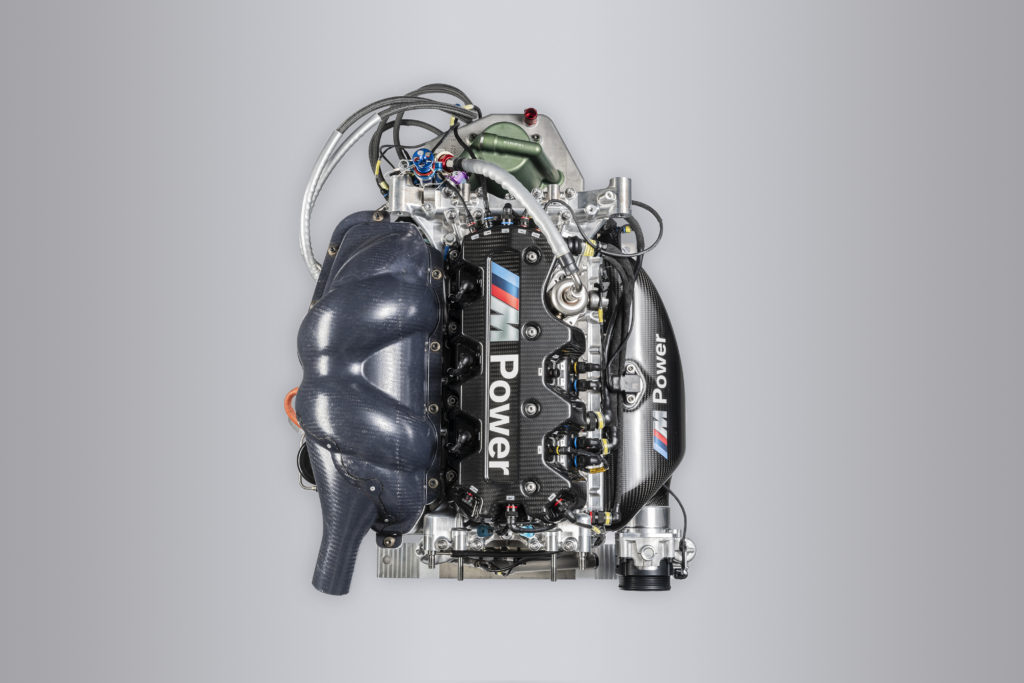
The year is now 2019 though, and despite the P48 and M121 sharing a few underlying basics, such as cylinder count and two-liter displacement, much has changed. The P48 can develop as much as 630 horsepower owing to over 36 PSI of boost pressure, while the lubrication is handled by a dry-sump system that is much more efficient in its targeting of oil flow.
Gone is the lag-induced charge air pipe, while single wires and lines have been done away with in favor of integrated systems such as a carbon-fiber reinforced plastic cable tray for ignition wire routing. There’s no blow-off valve, and instead of a mechanical throttle system, power is regulated by an electronically actuated butterfly valve. Perhaps the only holdover, a mechanical pump is still tasked with fuel injection, but even accessories we are all used to seeing, such as the starter and alternator, have been moved from the engine itself to the transaxle. Fuel injection now occurs at over 350 bar or 5,000 PSI, the same staggering pressure found in modern production BMW engines like the B58, S58, N63, and S63.
Most importantly, however, as the public mourns the loss of the previous V8 DTM engine, the P48 four weighs less than half, is more powerful, and has a full competition service interval of over 3,700 miles. Efficiency is also greatly increased, a huge factor in modern DTM competition, with a 10% gain over its predecessor, and nearly 50% over the M121.
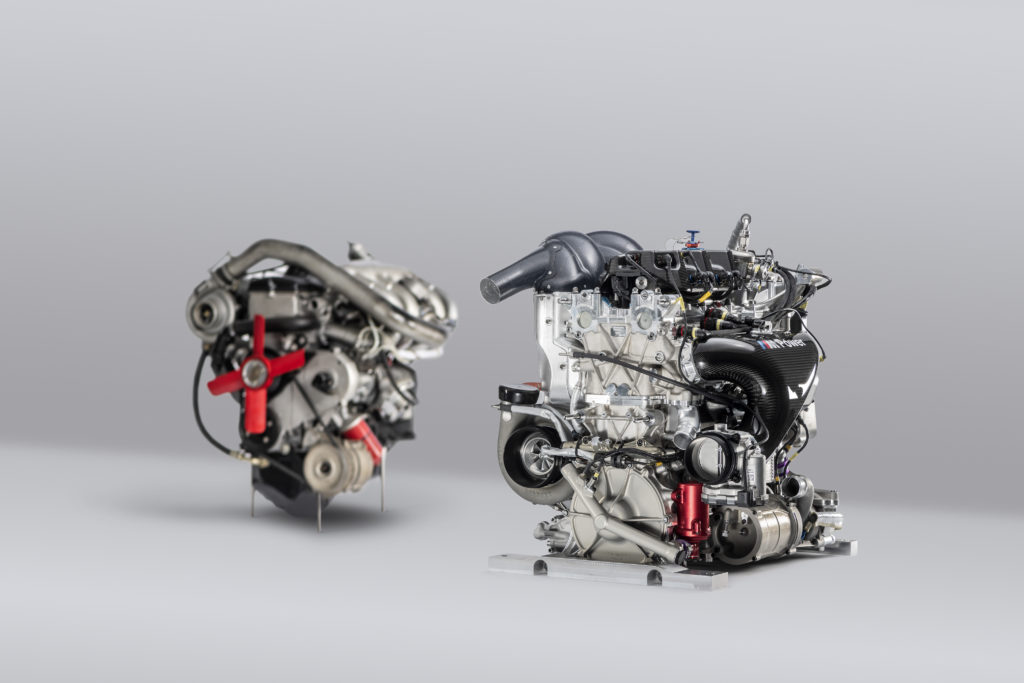
With 50 years between them, there are a lot of differences between the M121 and P48, but its difficult to understate the importance of both two-liter turbocharged four-cylinder engines. We look forward to the upcoming DTM season where the incredibly potent and revolutionarily efficient P48 will make its debut, but will also remember that BMW has been dusting the competition with turbos for over 50 years the next time someone says the brand has lost its way. —Alex Tock
[Photos courtesy BMW AG.]

